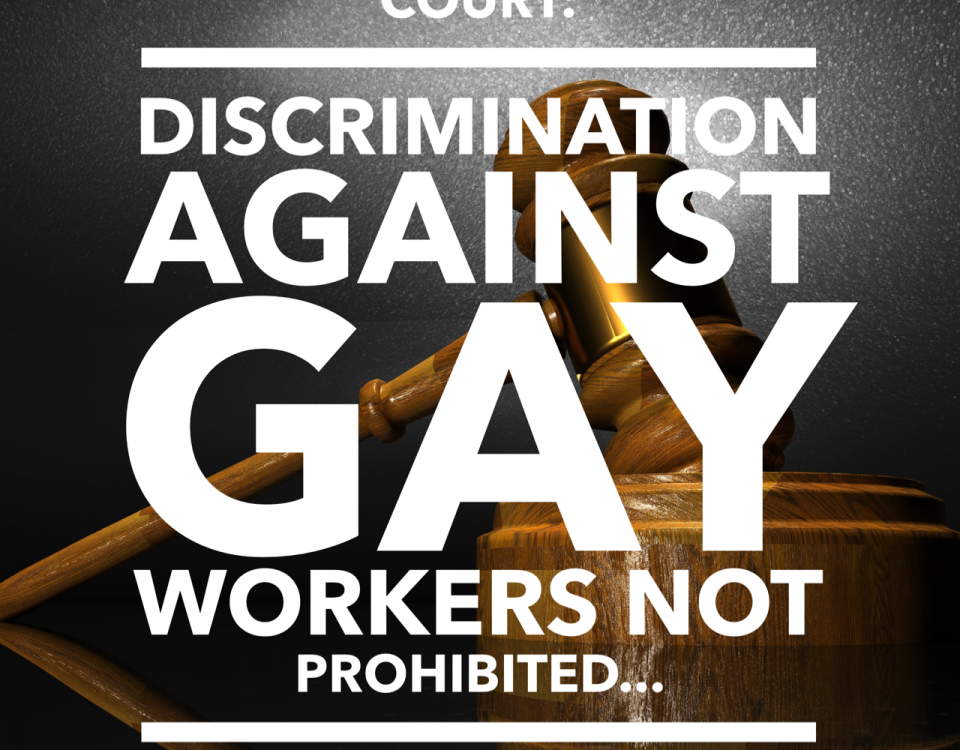
Troy Felder & Shenykia “Nikki” Jefferson: Member Spotlight (August 2016)
August 1, 2016
Updated DOL Posters
September 1, 2016You may remember that we announced the EEOC’s proposal to collect pay data and other information as part of its EEO-1 reporting process. Recently, our firm, Nowell Sparks LLC, reminded that the EEOC announced the publication of its REVISED proposal to collect pay data through the EEO-1. The proposed revision would include collecting summary pay data from employers with 100 or more employees. Public comment is open until Aug. 15, 2016.
Under the updated proposal, the report on 2017 employment information would be due by March 31, 2018, to simplify employer reporting by allowing employers to use existing W-2 pay reports, which are calculated based on the calendar year. The revision proposes to change the EEO-1 filing deadline to March 31st of every year, instead of the current September 30th deadline. It also proposes to change the workforce snapshot reported to a pay period between October 1st and December 31st of the reporting year, instead of the current July through September time period.
This change would take effect for EEO-1 filings in 2018. Employers would be required to file the new pay data component along with the existing EEO-1 report by March 31, 2018, thereby giving employers a year-and-a-half to comply with the new requirements.
No EEO-1 reports would be filed in 2017. The reporting period for 2016, however, would remain unchanged — with reports from qualified employers being due by September 30, 2016.
Three often raised questions include:
1.) What Data Will Be Reported?
Apparently, the EEOC continues to propose to have employers report W-2 earnings as the “measure of pay” for the new pay data collection report. Employers will use Box 1 of the Form W-2 to complete their EEO-1 filings.
The EEOC also continues to propose that employers report “hours worked” as a component of the revised EEO-1 form, stating “collecting hours worked is of central importance” to assessing pay disparities. This is the FLSA definition of “hours worked” for non-exempt employees.
The Commission further provides two options for employers to report hours worked for exempt employees:
a.) a proxy of 40 hours a week for full-time exempt employees or 20 hours for part-time exempt employees; or
b.) actual hours worked if the employer already maintains accurate records of this
2.) How will employers know if the proposal has been approved?
According to the EEOC, upon the Office of Management and Budget’s approval of the revised EEO-1, EEOC will post a notice of its approval on its website. Additionally, the EEOC will correspond with EEO-1 respondents notifying them that the revised pay data collection has been approved and that they will not have to submit pay data until the 2017 EEO-1 collection cycle.
3.) How would EEOC and OFCCP use this pay data?
According to the agency, the pay data will provide the EEOC and OFCCP with insight into pay disparities across industries and occupations and strengthen federal efforts to combat discrimination. According to the agencies, the EEOC and OFCCP will use this data to more effectively focus agency investigations, assess complaints of discrimination, and identify existing pay disparities that may warrant further examination. According to the agencies, this data will also help employers evaluate their own pay practices to prevent pay discrimination in their workplaces. Finally the EEOC will compile and publish aggregate data that should help employers in conducting their own analysis of their pay practices.
Check back next month for the next issue!

We’d love to hear from YOU! If you have any questions or suggestions, feel free to contact Damon directly at (404)518-5759 or [email protected].
DISCLAIMER: The information provided in this feature is provided for informational purposes only. No part of any information contained herein should be construed as legal advice on any subject matter. No recipients of content from this site should act or refrain from acting on the basis of any content included in the site without seeking the appropriate legal or other professional advice on the particular facts and circumstances at issue from an attorney licensed in the recipient’s state. The content of this Website contains general information and may not reflect current legal developments, opinions, decisions, verdicts or settlements. NAAAHR, and NAAAHR Atlanta expressly disclaim all liability in respect to actions taken or not taken based on any or all the contents of this Website.





